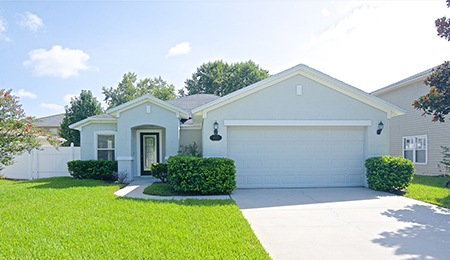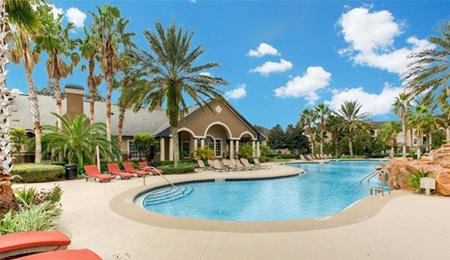Here’s what you need to know about CDD fees and how they’re paid.
What are CDD fees? How do they get paid? How should we think about them? Today I’ll answer all three of these questions for you.
CDD stands for Community Development District. When a developer comes into an area and decides to put single-family houses in a large tract of land, the cost of working on all the sewer lines, electrical, roads, and other related infrastructure can be extreme. To help with this, some developers get financing for the development and create an individual lien against each property or lot. That way, when they later sell the lot with a house to a homeowner, that homeowner inherits the debt and begins to pay it like the developer was prior to selling it.
“CDD fees can be broken down into monthly figures, which allows you to figure out if you think it’d be worthwhile to live in a different community without such fees.”
Typically you can find your CDD fees on your tax bill as a separate line item from your real estate taxes. CDD fees have two parts: 1) the maintenance fee, which is paid in perpetuity to pay for the amenities associated with the area; and 2) the financing fee, which has an interest rate associated with it and can be paid off.
Around 10 years ago, there was pushback against CDD fees, but now, people realize the benefits of living in a community with a CDD fee attached. CDD fees can be broken down into monthly figures, which allows you to figure out if you think it’d be worthwhile to live in a different community without such fees. Is the money you’d save worth it to live in a community without the amenities?
If you have other questions about CDD fees or anything to do with real estate, feel free to reach out to us via phone or email. We’d love to chat with you.
To find info on a particular CDD, you can visit https://www.govmgtsvc.com/contact.



